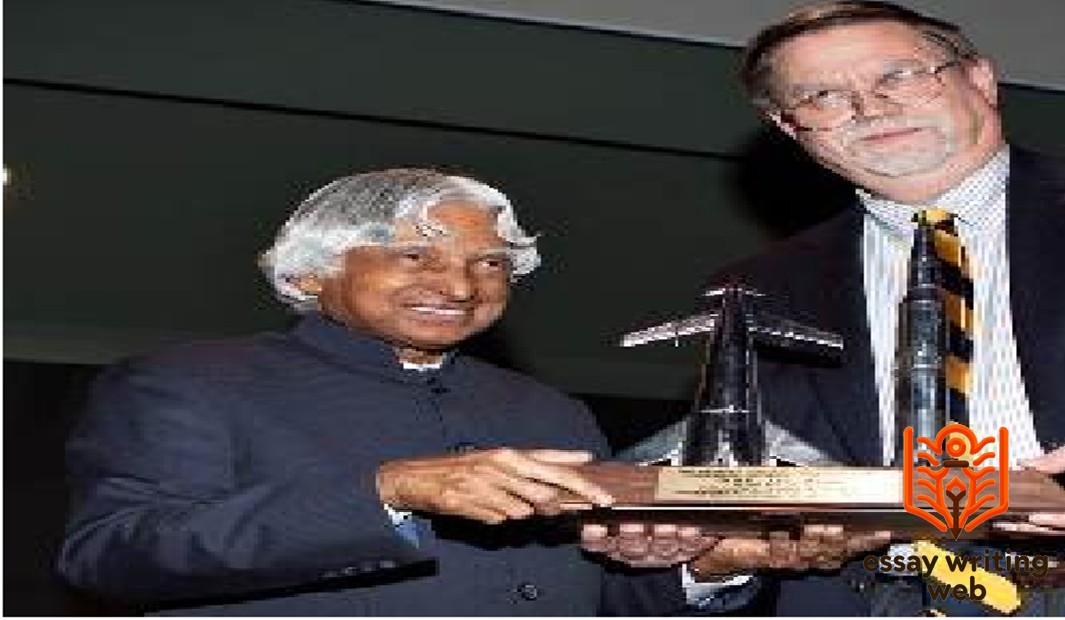 Essay Writing Web
Essay Writing Web
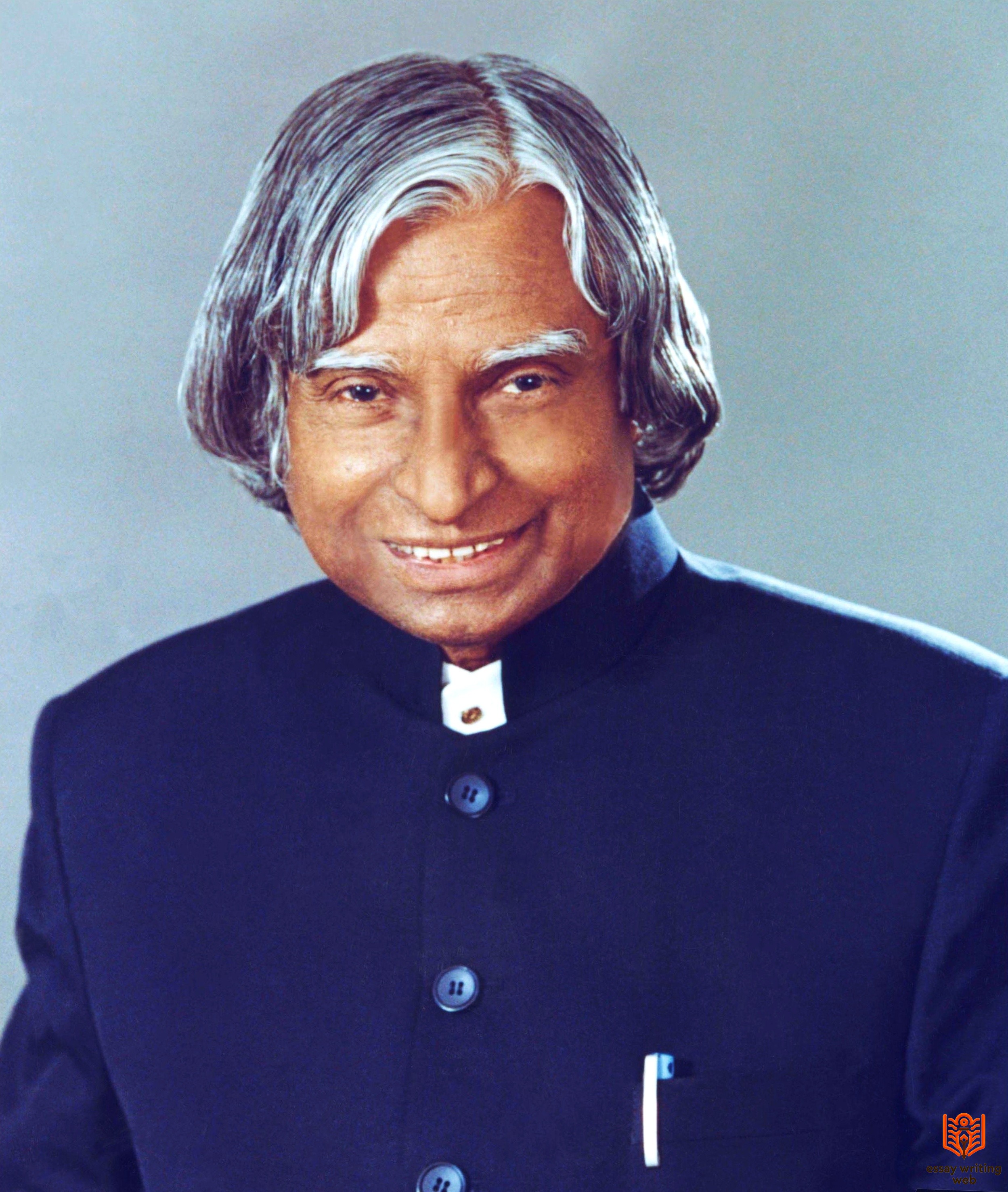
 31-08-2024
31-08-2024
 www.essaywritingweb.com
www.essaywritingweb.com
Avul Pakir Jainulabdeen Abdul Kalam, popularly known as APJ Abdul Kalam, was one of India's most beloved and respected figures. Born on October 15th 1931 in the small town of Rameswaram in Tamil Nadu, he rose from humble beginnings to become the 11th President of India and a renowned scientist. His journey from a simple boy with dreams to the "Missile Man of India" and eventually the "People's President" is a testament to his dedication, unwavering and hard work, commitment to the nation.
Kalam's early life was marked by curiosity and a thirst for knowledge, which led him to pursue a career in science and technology. His work in the Indian Space Research Organisation (ISRO) and the Defence Research and Development Organisation (DRDO) laid the foundation for India's advancements in space and missile technology. Played a pivotal role in the development of ballistic missile technology and the launch of satellites earning him the title of "Missile Man."
However, Kalam's influence extended far beyond his scientific achievements. As President, he was known for his humble demeanor, accessibility, and deep connection with the youth. His vision for India as a developed nation, encapsulated in his book "India 2020: A Vision for the New Millennium," inspired millions. Even after his presidency, he continued to engage with students and educators, emphasizing the importance of education, innovation, and self-reliance.
Kalam's life is a shining example of how dedication to one’s goals, combined with a strong moral compass, can lead to extraordinary achievements. His legacy continues to inspire generations, making him a revered figure not only in India but across the world.
Kalam was born into a Tamil Muslim family. His father, Jainulabdeen, was a boat owner and imam of a local mosque, while his mother, Ashiamma, was a devout homemaker who played a crucial role in nurturing Kalam's spiritual and moral values. Despite their modest means, the family was united, and Kalam often credited his parents for instilling in him the virtues of honesty, discipline, and hard work.
His father, Jainulabdeen, was a wise and spiritual man who was deeply respected in their community. He believed in the importance of education and was determined to provide his children with the best opportunities he could afford, even with limited resources. Jainulabdeen’s wisdom and calm demeanor left a lasting impression on Kalam, who often spoke about the profound influence his father had on his life. He learned the importance of self-discipline and the power of prayer and spiritual practice from his father, which became guiding principles throughout his life.
Kalam’s mother, Ashiamma, was equally influential in shaping his character. She was a loving and caring figure who ensured that the family stayed together despite their financial struggles. Her deep faith in God and her resilience in the face of adversity inspired Kalam to develop a strong inner strength. Ashiamma’s compassion and humility were traits that Kalam carried with him throughout his life, influencing his interactions with people from all walks of life.
Kalam was the youngest of five siblings, and his close-knit family played a significant role in his upbringing. His siblings, including three brothers and a sister, were supportive of his educational pursuits. Despite the financial constraints, Kalam's family encouraged him to dream big and pursue his interests in science and technology.
Growing up in Rameswaram, a town with a rich blend of different cultures and religions, Kalam was exposed to diverse traditions and beliefs from an early age. This multicultural environment fostered in him a deep respect for all religions and an inclusive outlook on life. He would often recall how, despite being a Muslim, he would attend Hindu temples with his friends and learn about different customs, an experience that shaped his inclusive and secular approach to life.

PJ Abdul Kalam's early schooling began in the small town of Rameswaram, Tamil Nadu where he was born and raised. Despite coming from a modest family, Kalam's parents placed great emphasis on education. Kalam attended the local elementary school, where he was known for his keen interest in learning, particularly in mathematics and science. His inquisitive nature and dedication to his studies set him apart from his peers, even at a young age.
One of the significant challenges Kalam faced during his schooling was the financial constraints of his family. His father, Jainulabdeen, was a boat owner who struggled to make ends meet. To contribute to the family income, young Kalam took on a job as a newspaper vendor. Every morning, he would deliver newspapers before heading to school. This responsibility taught him the value of hard work and time management, which would become essential traits throughout his life.
Despite the financial difficulties, Kalam was fortunate to have supportive teachers who recognized his potential and encouraged him to pursue his interests in science. One such teacher, Sivasubramania Iyer, played a pivotal role in igniting Kalam's passion for aerospace. Iyer took the time to explain complex scientific concepts to Kalam, fostering his curiosity and desire to learn more about the world of physics and engineering.
However, the path to higher education was not easy for Kalam. After completing his elementary education, he attended Schwartz High School in Ramanathapuram. Here, he faced the challenge of adjusting to a new environment and competing with students from more privileged backgrounds. Yet, Kalam's perseverance and determination allowed him to excel in his studies, especially in mathematics and science, which laid the foundation for his future career.
After completing his schooling, APJ Abdul Kalam aspired to further his education in a field that fascinated him: aeronautics. With the support of his family and teachers, he applied to the prestigious Madras Institute of Technology (MIT). However, the financial burden of tuition fees was a significant hurdle. Determined to pursue his dream, Kalam secured a loan from his sister, which allowed him to enroll at MIT and begin his journey in aeronautics.
At MIT, Kalam specialized in aeronautical engineering, a field that aligned with his passion for flight and aerospace. His time at MIT was challenging but transformative. The rigorous academic environment pushed Kalam to expand his knowledge and skills in engineering. He was particularly drawn to the study of aircraft design and the science behind flight dynamics, subjects that would become central to his future contributions to India's defense and space programs.
One of the defining moments of his time at MIT was his final year project, where he was tasked with designing a fighter aircraft. Kalam's project was a success, earning him recognition from his professors and further fueling his ambition to work in the field of aerospace. His dedication to his studies and his innovative thinking set him apart as a promising engineer.
Upon graduating from MIT, Kalam had the opportunity to join the Indian Air Force (IAF) as a pilot. However, despite his best efforts, he did not make it through the selection process. This setback could have discouraged him, but instead, Kalam chose to see it as a redirection rather than a failure. He decided to focus on aeronautical engineering, which eventually led him to join the Defense Research and Development Organisation (DRDO) and later the Indian Space Research Organisation (ISRO).
Kalam's specialization in aeronautics and his experience at MIT laid the groundwork for his illustrious career as a scientist and engineer. His early schooling and higher education journey were marked by challenges, but his resilience, coupled with his passion for learning, propelled him to achieve great heights. His contributions to India's missile technology and space exploration are a testament the power of perseverance and dedication to one's dreams.
APJ Abdul Kalam's illustrious career as one of India's most prominent scientists began at the Development Organisation (DRDO) and Defence Research. After completing his education in aeronautical engineering from the Madras Institute of Technology (MIT), Kalam embarked on a journey that would lead to groundbreaking advancements in India's defense capabilities.
In 1958, Kalam joined the Aeronautical Development Establishment (ADE) of DRDO as a scientist. His role at ADE marked the beginning of his long and impactful career in defense research. At DRDO, Kalam was initially involved in the design and development of hovercraft, a project that, although not entirely successful, provided him with invaluable experience in the field of aeronautical engineering. The challenges he encountered during this project taught him the importance of perseverance, innovation, and problem-solving, qualities that would define his approach to future projects.
One of the key aspects of Kalam's work at DRDO was his involvement in indigenous defense technology. During this period, India was heavily reliant on foreign technology for its defense needs. Kalam, along with his colleagues, recognized the importance of self-reliance in defense and began working on projects that aimed to reduce this dependency. His work at DRDO laid the foundation for many of India's future advancements in missile technology.
Kalam's early years at DRDO were characterized by his innovative thinking and ability to work collaboratively with teams. He quickly became known for his ability to tackle complex engineering problems and for his hands-on approach to research and development. His commitment to his work and his visionary ideas caught the attention of his superiors, who recognized his potential to contribute significantly to India's defense sector.
In the early 1960s, Kalam was transferred to the newly formed Indian Space Research Organisation (ISRO), where he would later play a pivotal role in the development of the Satellite Launch Vehicle (SLV). However, his roots at DRDO remained strong, and his experiences there significantly influenced his work at ISRO and later projects.
Kalam's time at DRDO also saw him develop a deep understanding of the challenges and opportunities in India's defense sector. He was instrumental in initiating several projects that focused on developing indigenous technology, which would later become a cornerstone of his work. His efforts at DRDO contributed to the growth of India's defense research capabilities, setting the stage for the nation's future achievements in missile and aerospace technology.
Despite the initial challenges and setbacks, Kalam's work at DRDO was marked by a relentless pursuit of excellence and a vision for a self-reliant India. His contributions during this period were not only technical but also strategic, as he laid the groundwork for the development of indigenous defense technology, which would become crucial in the years to come.
In conclusion, APJ Abdul Kalam's initial career at DRDO was a period of learning, innovation, and laying the foundation for future successes. It was here that he honed his skills as a scientist and engineer, developing a deep understanding of the complexities of defense technology. His work at DRDO was instrumental in shaping his vision for India's self-reliance in defense and paved the way for his later achievements, earning him the title of the "Missile Man of India."
APJ Abdul Kalam, one of India’s most revered scientists and visionaries, played a pivotal role in the development of the country's first indigenous Satellite Launch Vehicle (SLV-III). This achievement not only marked a significant milestone in India’s space exploration journey but also established Kalam as a central figure in the nation’s scientific community.
The 1970s were a crucial period for India as the country was striving to establish itself as a self-reliant space-faring nation. The Indian Space Research Organisation (ISRO) under the leadership of Dr. Vikram Sarabhai and later Dr. Satish Dhawan, embarked on the ambitious project of developing a satellite launch vehicle capable of placing satellites into orbit. This was a challenging task for a country that had, until then, relied on foreign assistance for its space missions.
In 1969, Kalam was transferred from the Defence Research and Development Organisation (DRDO) to ISRO, where he was entrusted with the responsibility of leading the SLV-III project. This project was India’s first serious attempt to develop an indigenous satellite launch vehicle, and Kalam’s expertise in aeronautical engineering made him the ideal candidate for this monumental task.
Kalam’s role as the Project Director of SLV-III was crucial. He was responsible for overseeing the design, development, and testing phases of the launch vehicle. Under his leadership, the team at ISRO faced and overcame numerous technical and logistical challenges. Developing a satellite launch vehicle from scratch required not only scientific knowledge but also meticulous planning, coordination, and resource management. Kalam’s ability to inspire and lead his team through these challenges was instrumental in the project’s success.
One of the key aspects of Kalam’s leadership was his hands-on approach to problem-solving. He was deeply involved in every stage of the project, from the initial conceptualization to the final launch. His work ethic and commitment to the project were unparalleled, often spending long hours at the lab, working alongside his team members. Kalam was known for his ability to motivate his colleagues, fostering a collaborative environment where innovation and creativity could thrive.
The SLV-III project culminated in its first successful launch on July 18, 1980, when the vehicle placed the Rohini satellite into orbit. This achievement marked a significant turning point in India’s space program, as it demonstrated the country’s capability to design, develop, and launch satellites independently. The success of the SLV-III was a moment of immense national pride and established India as a key player in the global space community.
Kalam’s role in the success of SLV-III cannot be overstated. His leadership, technical expertise, and relentless pursuit of excellence were critical factors in overcoming the myriad challenges that the project faced. The successful launch of SLV-III not only fulfilled India’s aspirations of self-reliance in space technology but also laid the groundwork for future advancements in the country’s space program.
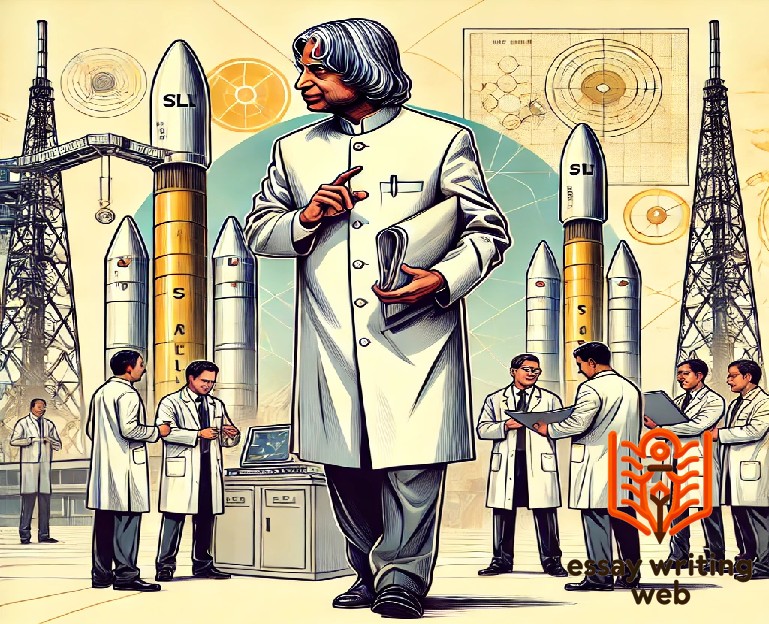
APJ Abdul Kalam, fondly known as the "People's President," was elected as the 11th President of India in 2002, a role in which he served from July 25, 2002, to July 25, 2007. His election to the highest constitutional office in India was a historic moment, not only because of his remarkable achievements as a scientist but also because it symbolized the nation’s deep respect for his integrity, humility, and vision for the country.
Kalam's journey to the presidency was unconventional, given his background as a scientist rather than a politician. Prior to his nomination, Kalam was widely known for his work in India’s defense and space programs, particularly for his role in the development of the successful nuclear tests and ballistic missile technology conducted at Pokhran in 1998. His contributions to India’s scientific and technological advancements earned him widespread recognition, including the prestigious Bharat Ratna, India’s highest civilian honor, in 1997.
In 2002, as the term of then-President K.R. Narayanan was coming to an end, the need for a candidate who could embody the aspirations and values of the nation became evident. Kalam, with his non-partisan background, scientific achievements, and deep connection with the youth, emerged as a consensus candidate. His name was proposed by the National Democratic Alliance (NDA), led by Prime Minister Atal Bihari Vajpayee, and was supported by various political parties, including the Indian National Congress, which held significant influence at the time.
The decision to nominate Kalam was met with widespread approval across the political spectrum and among the general public. His reputation as a man of integrity and his inspirational vision for India's future made him an ideal candidate for the presidency. The election process saw him receiving overwhelming support from the Electoral College, which consists of members of Parliament and the Legislative Assemblies of States and Union territories.
On July 18, 2002, APJ Abdul Kalam was elected as the 11th President of India, defeating his rival, Lakshmi Sahgal, by a significant margin. Kalam’s victory was not just a personal achievement but also a reflection of the nation’s trust in his leadership and vision. His election was seen as a breath of fresh air in Indian politics, as it brought a non-political, intellectual figure to the forefront of the nation’s leadership.
As President, Kalam brought his unique style to the office. He was known for his accessibility, humility, and connection with the common people, particularly the youth. Kalam's tenure was marked by his efforts to inspire and engage with students across the country, encouraging them to dream big and contribute to the nation’s development. He traveled extensively, visiting schools, colleges, and research institutions, where he shared his vision of a developed India by 2020.
Kalam’s presidency was also notable for his principled stance on various issues. He took his role as the guardian of the Constitution seriously, often making decisions that reflected his deep sense of duty and commitment to the nation. One of the most significant moments of his presidency was his decision to send back the Office of Profit Bill to the Parliament for reconsideration, citing constitutional concerns. This action highlighted his dedication to upholding the integrity of the office and the Constitution.
Kalam’s tenure as President was widely appreciated, and he became a beloved figure across the country. His simplicity, intellectual depth, and commitment to the nation’s progress endeared him to millions of Indians. Even after his presidency ended in 2007, Kalam continued to inspire and mentor the youth, emphasizing the importance of education, innovation, and nation-building.
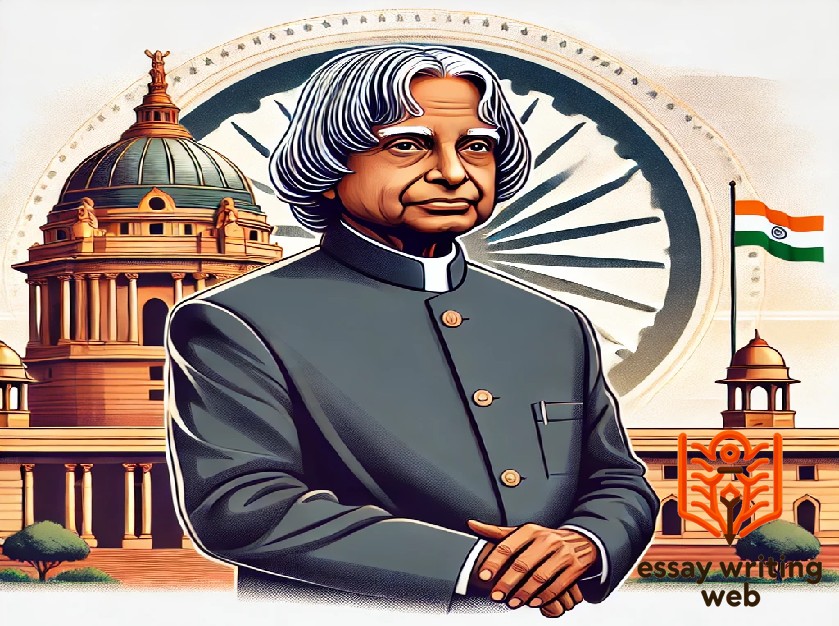
APJ Abdul Kalam, often referred to as the "Missile Man of India" and the "People's President," was a figure of immense stature in India and beyond. His contributions to science, technology, and the development of the nation earned him numerous awards, honors, & recognitions throughout his lifetime. These accolades are a testament to his extraordinary achievements and the profound impact he had on the nation and the world.
One of the most prestigious honors bestowed Kalam was the Bharat Ratna, India's highest civilian award. He received this honor in 1997 in recognition of his pivotal role in the development of India’s missile and space programs. The Bharat Ratna is awarded to individuals who have made exceptional contributions in various fields, including the arts, literature, science, and public service. Kalam’s receipt of this award not only highlighted his scientific achievements but also underscored his contribution to national security and self-reliance.
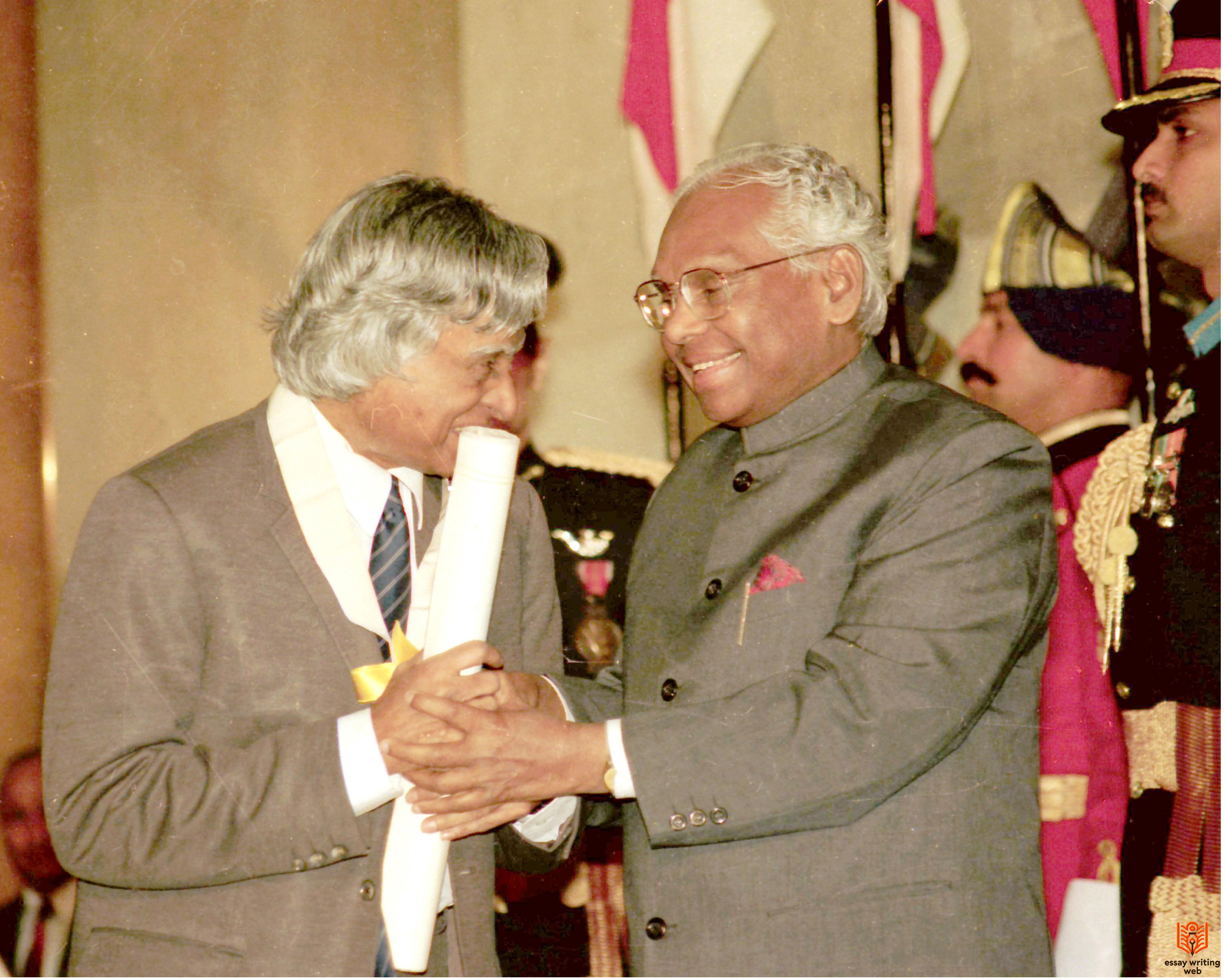
Before receiving the Bharat Ratna, Kalam was already the recipient of other prestigious national honors. In 1990, he was awarded the Padma Vibhushan, India's second-highest civilian award, for his outstanding service in the field of science and engineering. Earlier, in 1981, he had been conferred the Padma Bhushan, the third-highest civilian award. These awards were in recognition of his contributions to the development of indigenous defense technologies, including the successful launch of India's first Satellite Launch Vehicle (SLV-III) and his leadership in the Integrated Guided Missile Development Programmed (IGMDP).
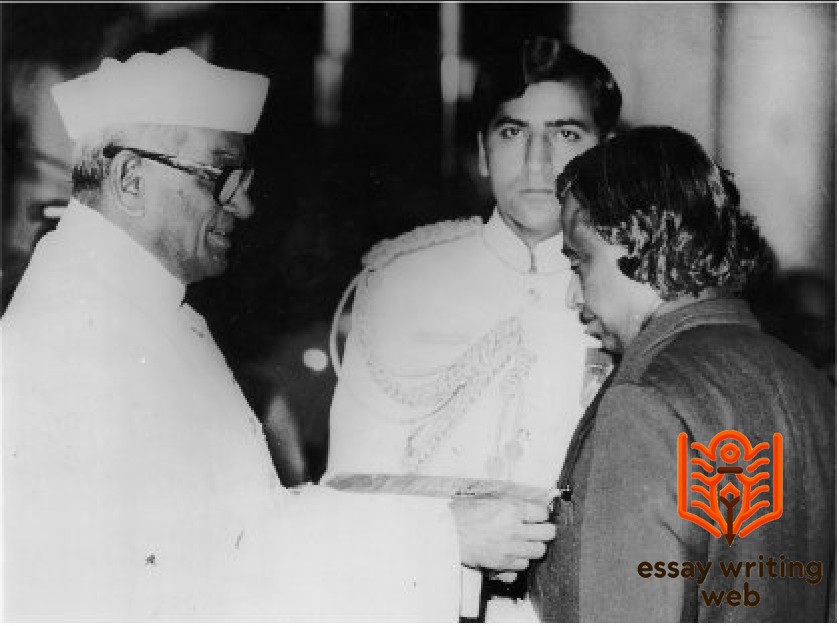
Kalam's contributions to education and science earned him honorary doctorates from over 40 universities around the world. These honorary degrees were conferred in recognition of his pioneering work in aerospace engineering and his dedication to education and innovation. Institutions ranging from India’s prestigious Indian Institutes of Technology (IITs) to international universities acknowledged his impact on science and technology.
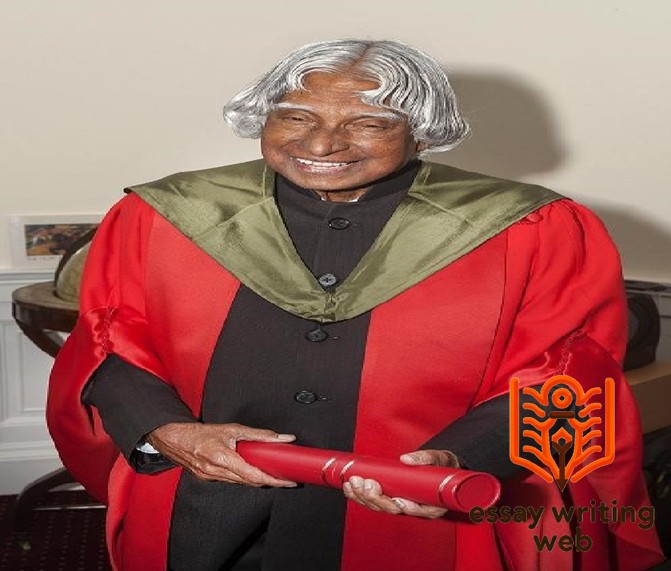
In 2007, Kalam was awarded the King Charles II Medal by the Royal Society of the United Kingdom. This medal is awarded to foreign heads of state who have made outstanding contributions to scientific knowledge. Kalam was honored for his work in advancing India's space and missile programs, as well as for his efforts to promote science and technology for peaceful purposes.

In 1997, Kalam was honored with the Indira Gandhi Award for National Integration. This award is given to individuals or institutions who have contributed significantly to the promotion of national integration and unity. Kalam’s efforts to bridge the gap between different communities through education and his vision for a developed India resonated deeply with the values embodied by this award.
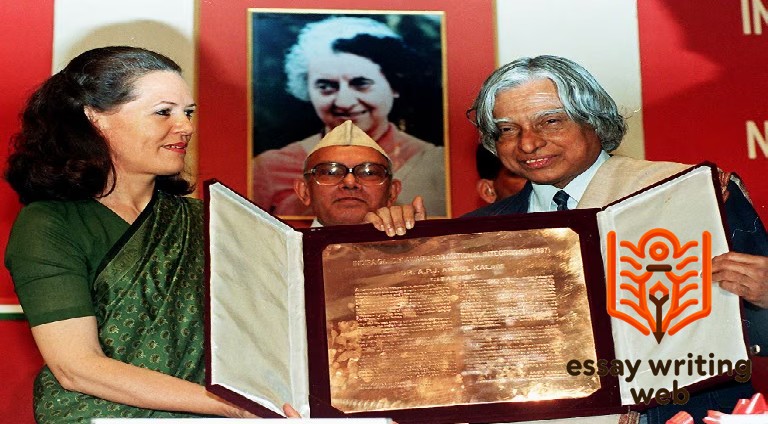
In 2013, the National Space Society (NSS) of the United States awarded Kalam the Von Braun Award, which recognizes excellence in the management and leadership of space-related projects. This award was a recognition of Kalam's work in the field of aerospace, particularly his leadership in India’s space program, which saw the successful launch of satellites and advancements in missile technology.
